Georgia-based photographer Chris Greer (@chrisgreerphotography) spends much of his time capturing the beautiful landscapes of the Peach State and beyond. We connect with him to learn more about the Sony equipment he uses for landscapes, astroscapes and more.
Professor, best-selling author and award-winning photographer Chris Greer (@chrisgreerphotography) has photographed locations all over the planet, but the beauty of the Southeast always brings him home. When he isn’t teaching at Georgia College you will find him rolling across the landscape of Georgia in search of photos for his upcoming photography book, Naturally Georgia: From the Mountains to the Sea, which is the follow-up to his first book, Georgia Discovered: Exploring the Best of the Peach State. Greer is also producing and hosting a new television show on Georgia PBS called View Finders. It chronicles the adventures of two photographers who are in search of the most beautiful locations in Georgia to photograph. The series will premiere in spring of 2022, and Greer uses his Sony equipment to film it. We wanted to learn more about the Sony Alpha cameras and Sony lenses he uses for capturing the beauty of Georgia and beyond. See more on what’s in his bag below.
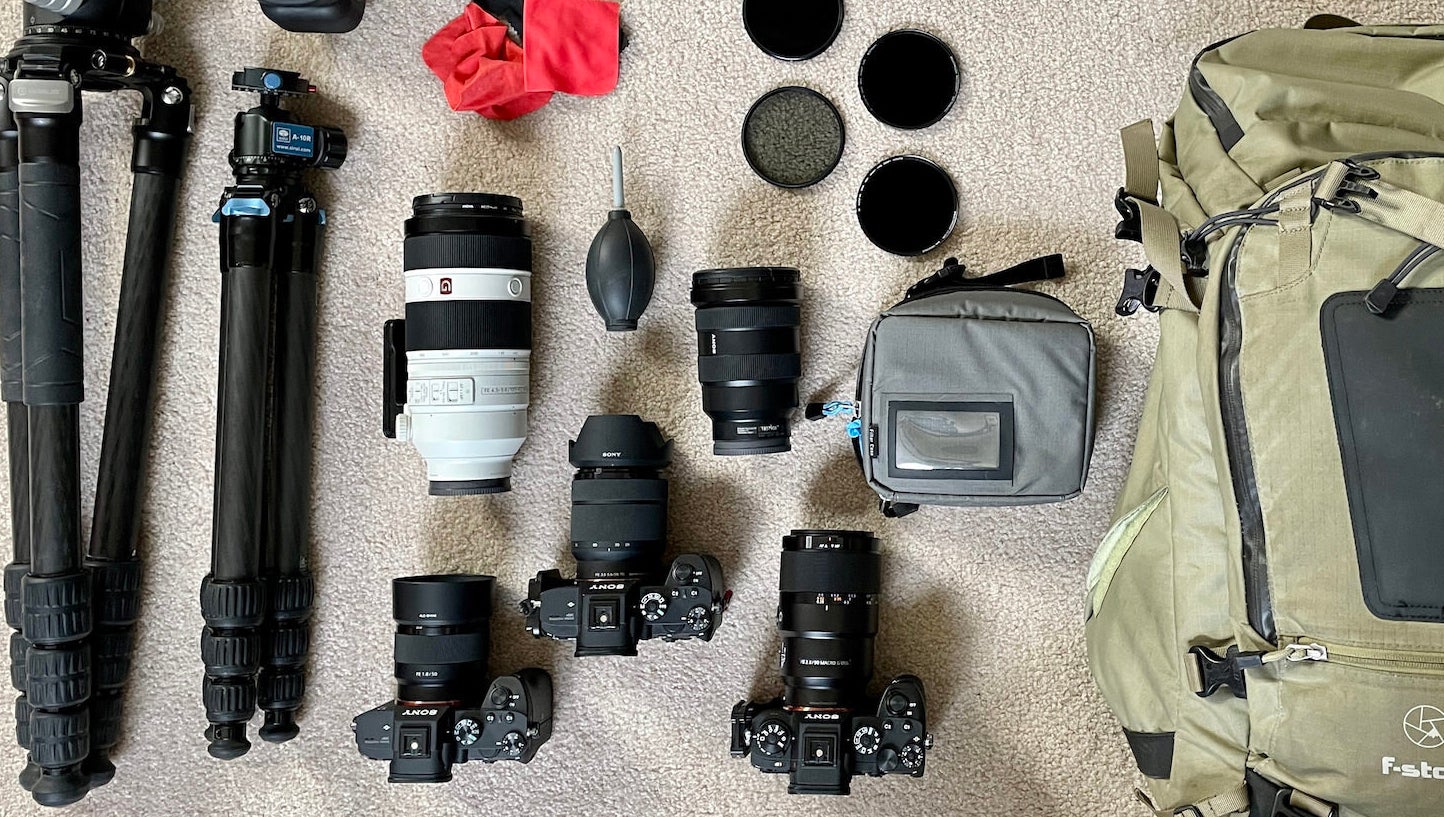
Photographer & filmmaker Chris Greer is making a show about Georgia called View Finders. Take a look at the Sony Alpha gear he uses to capture the Peach State.
Cameras
Sony Alpha 7R III: I have used Sony cameras for many years now, starting with the venerable Alpha 6000 and working my way into a full frame system. My first full frame was the Sony Alpha 7R III and this camera really was the catalyst for many great things related to my photography career. So much so that I still have it and use it as my backup body quite frequently. The resolution, responsiveness, dynamic range, and overall reliability is everything I wanted in a camera, and even enormous prints look very good with the images this camera can generate. There is certainly a lot of sentimental value with this camera, and so I am not sure I will ever sell it.
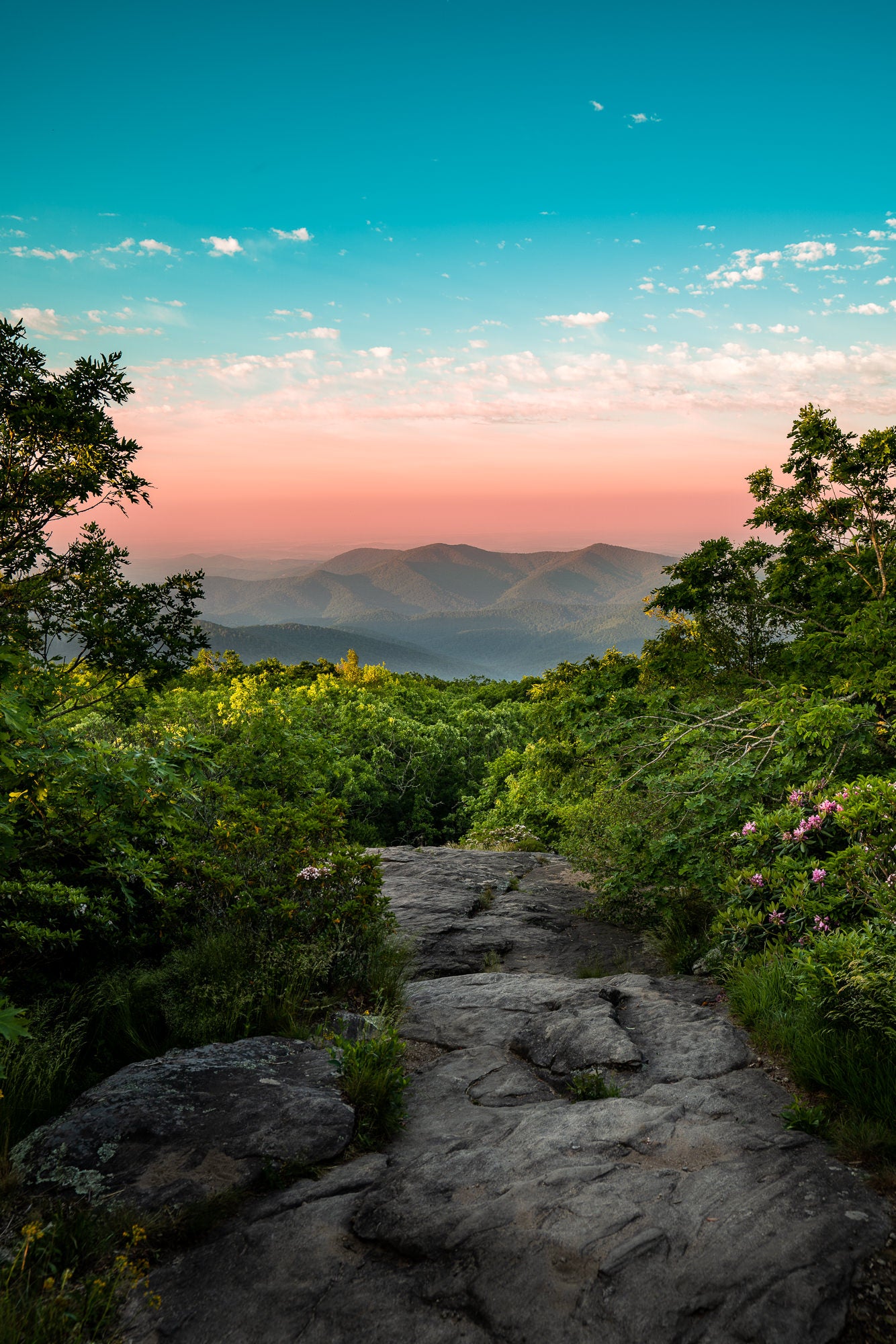
Photo by Chris Greer. Sony Alpha 7R III. Sony 16-35mm f/2.8 G Master. 1/90-sec., f/4, ISO 100
Sony Alpha 1: Once I realized that I needed to take great photos AND film professional video, I knew I needed to look at some of Sony’s other offerings. I was fortunate in that the A1 had just been announced, so I placed my pre-order and crossed my fingers it would arrive before we filmed our first episode. When the FedEx driver handed me the box, I was like a kid on Christmas morning. I had it up and running right away and I knew immediately that it was a next level piece of imaging technology. I much prefer composing through the viewfinder versus the back of the camera, and so nothing else really compares to the Alpha 1 in this regard. It is a superb camera and the video quality I am getting from it looks like it belongs in a movie theater. The 120fps shots in 4K really enrich the look of the show and I have excellent flexibility with my color grading due to the 10-bit color depth. I have complete confidence in this camera body, especially after the abuse it has seen from some of the filming locations. In my mind it is worth every penny of the investment.
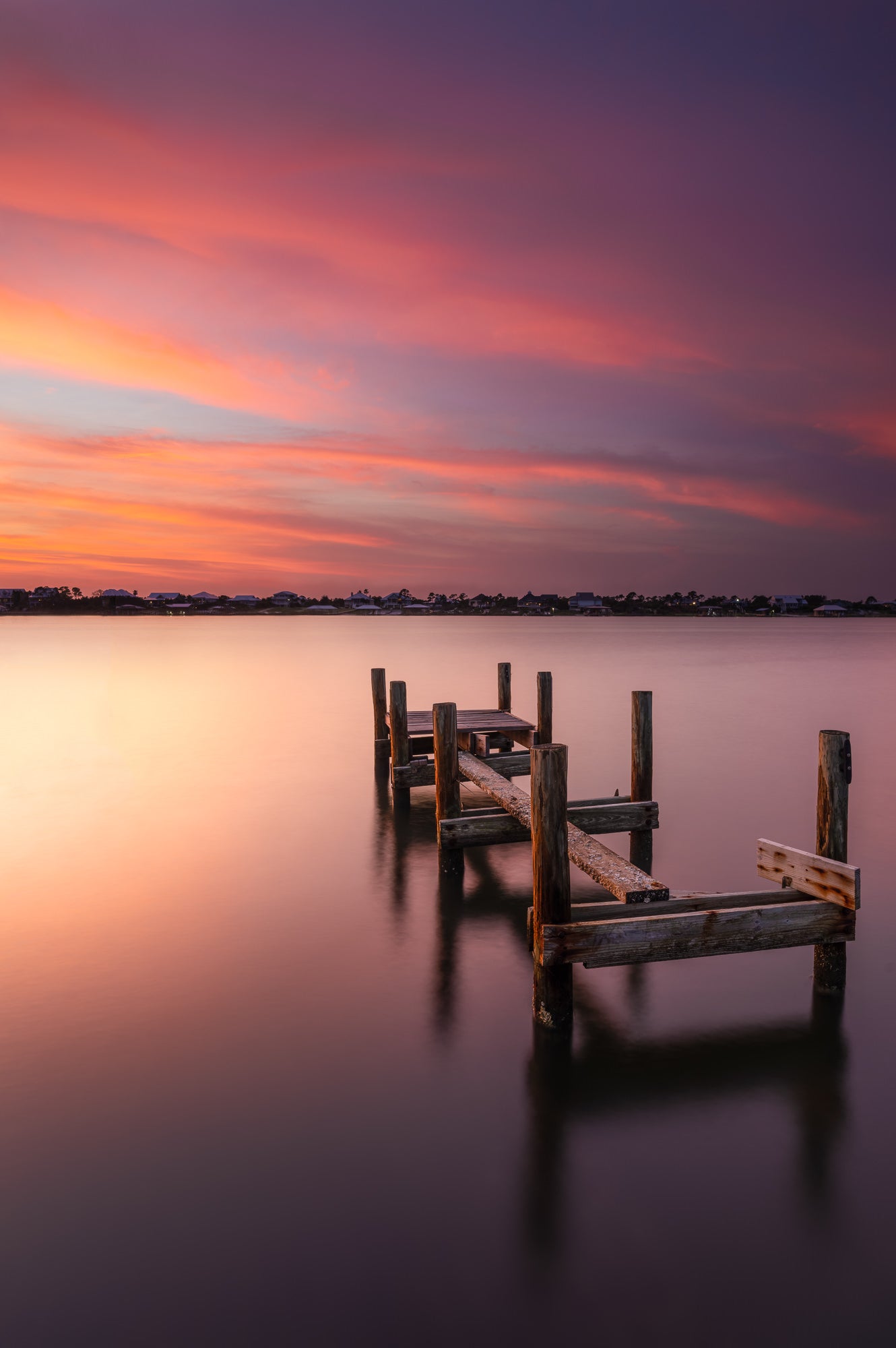
Photo by Chris Greer. Sony Alpha 1. Sony 16-35mm f/2.8 G Master. 10-sec., f/11, ISO 50
Sony Alpha 7 III: Timelapses are an essential part of the TV show and so I have a dedicated camera body just for them. The Sony Alpha 7 III takes crisp images with very low noise and the lower resolution sensor is perfect for the 400-1500 images that I need for each sequence. I have it set up just for timelapse photography and so every time I come upon a scene that offers some real potential, I can have it up and going very quickly.
View Finders First Season - Promo 1 from Chris on Vimeo.
Lenses
Sony 16-35mm f/2.8 G Master: Waterfalls and astro are two types of photography that demand a wide lens, and they are two types of photography that I truly love. This lens is tack sharp across all apertures, and it is fast enough and wide enough to capture some truly stunning images of the Milky Way. Of course it has many more uses than just astro and waterfalls, and I love the creative flexibility it affords me without any penalty in overall image quality. I can get an excellent depth of field to many of my photos without having to focus stack, and I love its ability to capture a scene with such fidelity. It is a must have with video as well, considering the crop factor when shooting in 4K and the challenges that can present in certain scenarios.
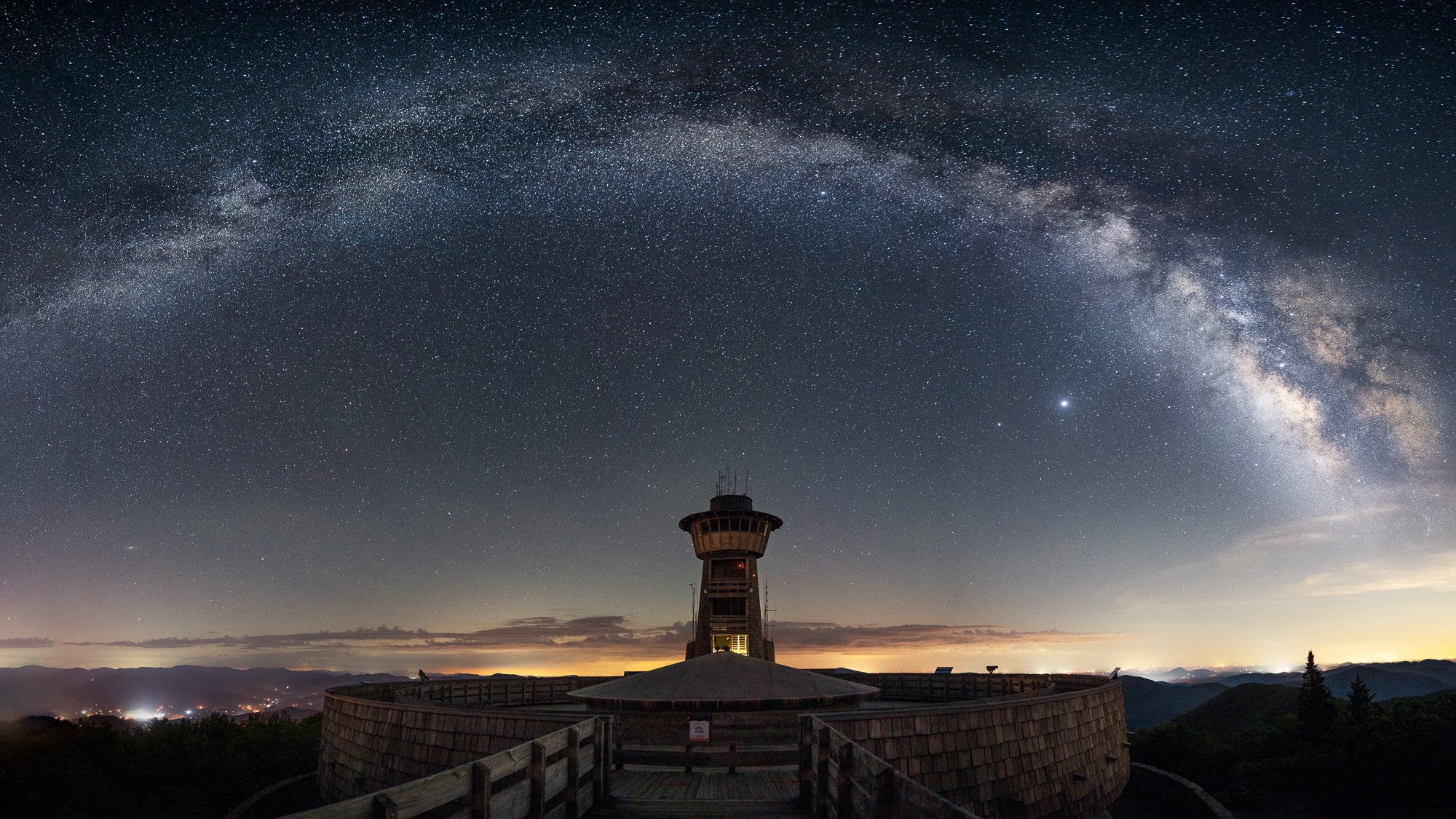
Photo by Chris Greer. Sony Alpha 7R III. Sony 16-35mm f/2.8 G Master. 20-sec., f/2.8, ISO 5000
Sony 100-400mm f/4.5-5.6 G Master: I was very happy with the images I was getting from my old Sony 70-300mm f/4.5-5.6, but I wanted a little extra reach and the quality that G-master lenses provide, so I upgraded to this lens. I use it for all kinds of settings, including wildlife, landscape, and even the occasional portrait. The bokeh it produces is beautiful and the reach allows me to get really creative with my compositions, especially when I can’t get any closer to my subject. I use it all of the time with trees (one of my favorite subjects) because it will allow me to isolate a single tree out in a field to create a strong and striking subject. And of course the video capabilities are truly a game-changer. The AF is extremely fast and accurate, and this lens gives me exceptionally crisp 4K footage of everything from large alligators to wild horses grazing on idyllic Cumberland Island. The juxtaposition of these intimate captures against the vast and gorgeous landscape from my 16-35mm really strengthens the visual appeal of the show.
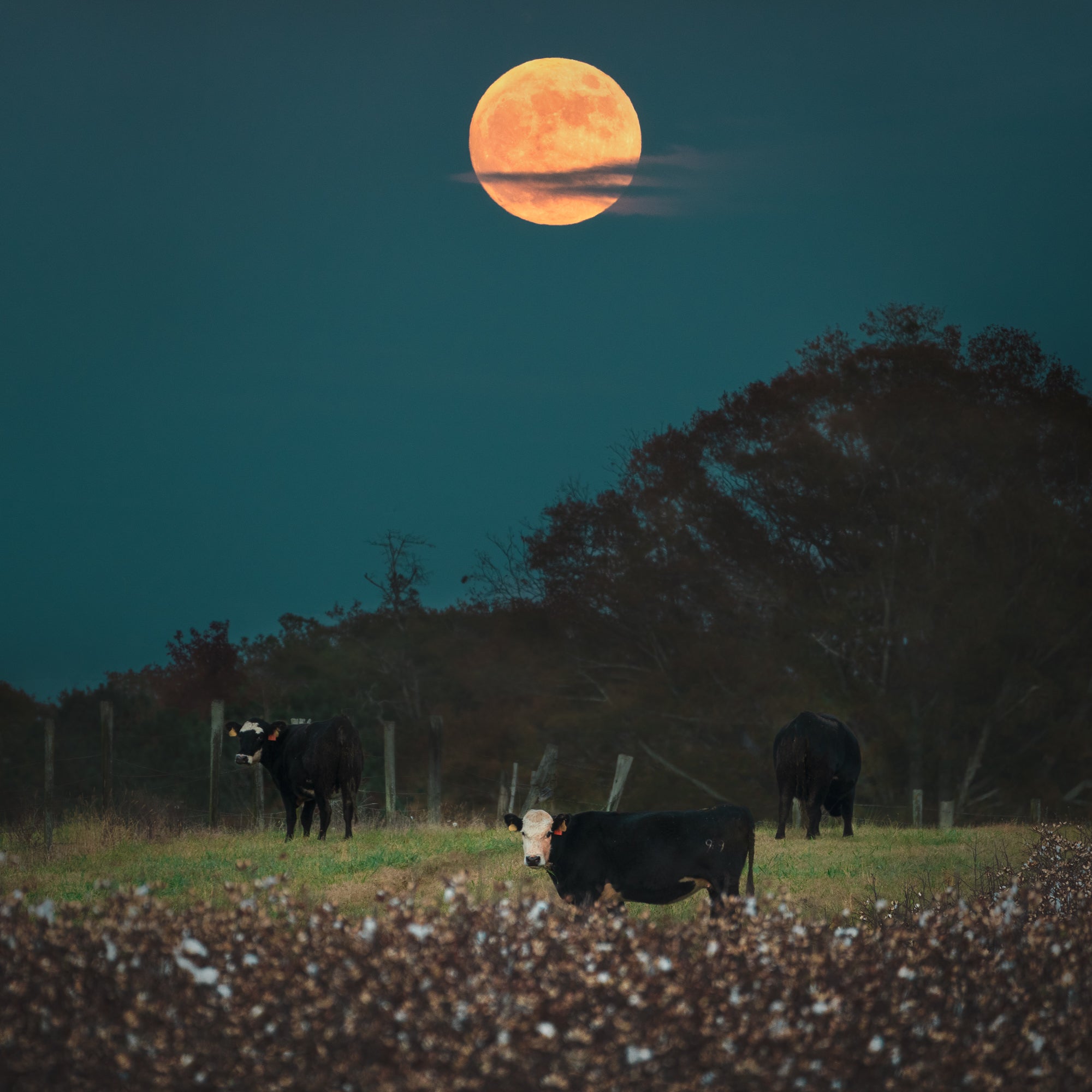
Photo by Chris Greer. Sony Alpha 1. Sony 100-400mm f/4.5-5.6 G Master. 1-sec., f/10, ISO 100
Sony 90mm f/2.8 Macro G: This is one of my newer lenses and I wish I hadn’t waited so long to get it. It is exceptionally sharp and it can run double-duty as a portrait lens as well as macro. It creates some really beautiful bokeh which makes it perfect for video as well, especially for interviews. However, it is the world of macro that has grabbed my interest. Both still images and video footage can be very intriguing when the tiny details all around us are blown up in crisp, vivid color on our screens and on our walls. I love that I can walk into my backyard and study the trees, the ground, and everything else while hoping to find a compelling subject. It is an impetus for thoughtful and intimate photography that brings with it an inviting new set of challenges, as well as rewards.
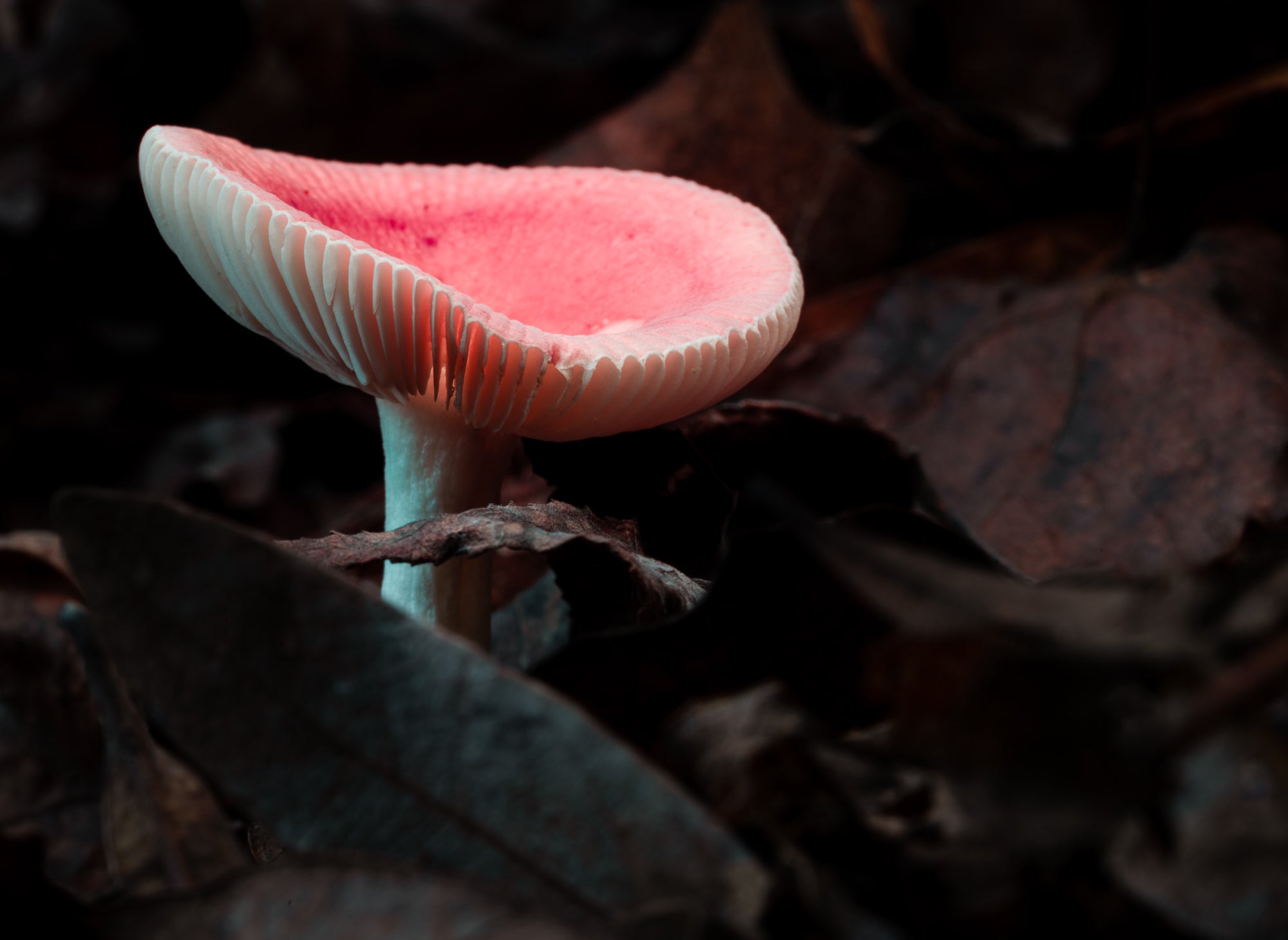
Photo by Chris Greer. Sony Alpha 1. Sony 90mm f/2.8 Macro G. 2-sec., f/22, ISO 100
Sony 28-70mm f/3.5-5.6: You might be thinking: “You are carrying around almost $20,000 worth of gear and you are going to talk about this kit lens”? Well yes, yes I am. Because it is absolutely perfect for timelapse images when you are hiking all of your equipment into remote locations. Weight is at a premium, and if your other lenses are being used on other camera bodies, but you need to shoot a one-hour timelapse, then something has to give. Enter: the ubiquitous kit lens. The sharpness of this lens is more than acceptable for a timelapse, and the size and weight make it a very compelling choice. The lens weighs next to nothing, provides enough of a zoom for flexible compositions, and packs down quite small in my bag.
Sony 50mm f/1.8: I use this lens the least, but mostly because I am not much of a portrait photographer. For that, it excels, and even though the AF isn’t quite up to the same standards as my more professional lenses, you would be hard pressed to complain about the sharpness and contrast that can come out of this little “nifty fifty.” This one is in my bag only some of the time, but I really should challenge myself to use it more in the field and see what kinds of images I can produce with it.
Accessories
Bag: My F-Stop Tilopa has taken tremendous abuse and been subjected to very harsh conditions, and it has held up exceptionally well. I am not only out in the field taking photos, but I also have to carry the necessary gear for filming the TV show, and so the bag is always full and quite heavy. With the internal subframe and big hip straps, it is very comfortable even when loaded to capacity. When the light is getting good and I grab my bag to head out and try to capture some magic, it’s a good feeling to pick this bag up and throw it over my shoulder.
Filters: It is a rare occasion when I don’t have a filter on my lens. If it’s a simple polarizer or a stacked set of NDs, my filters give me lots of creative flexibility when I’m out in the field. They are also essential for me to maintain the proper shutter speeds needed for more cinematic footage, especially during the harsh light of a mid-day sun. I did a lot of research and settled on Breakthrough Photography for my filter system, primarily because of their outstanding clarity and lack of color cast, even when stacked. My only gripe is that sometimes they will bind together, which can be frustrating when the light is changing fast and I need to swap them out.
Rocket Blower: Most photographers have this in their bag, and for good reason. It is definitely the safest way to remove dust, sand, or any other grit from your expensive glass and sensor. I use mine frequently and I have a backup just in case I lose it in the field.
Microfiber cloths: Let me clarify this by saying *good* microfiber cloths, because they are not all the same. I have found that the cheaper ones will simply spread the smudge around on the lens instead of removing it, and I have a propensity for getting very close to waterfalls during some of my compositions, which means I am constantly getting moisture on my lens. I have gotten pretty good at setting the two-second timer, hitting the shutter release, wiping the lens, and pulling my hand away just in time for the exposure!
Headlamp: A good LED headlamp is a must for any landscape or adventure photographer. There have been countless times when I am out on the trail a little late, or a little early, and the tiny light on my phone just isn’t going to cut it. And if you are going to do any astro work, make sure you get one with a red light as well, since the primary light is going to kill your night vision and irritate all of the photographers around you. I picked up a BioLite from REI and it has a long-lasting rechargeable battery as well as a very bright setting that will light up the trail quite nicely.
Windbreaker: Another must have considering how quickly weather conditions can change. I keep a nice REI XeroDry GTX jacket in my bag at all times because it weighs nothing, packs down extremely small, is waterproof with GORE-TEX, and provides a fair amount of insulation from the wind. July is one of the best months for the Milky Way here in Georgia, and I could be in the lower elevations where it is 95 degrees, then find myself shooting the night sky up on a mountain where the temperature drops to 60. Having a jacket to throw on keeps me comfortable and focused.
Extra batteries: Sometimes I am out for several days without access to electricity, and so extra batteries are paramount. One thing I love about Sony is that all of their recent full-frame cameras use the same battery, which means I only need to carry one type with me for all of my gear. Sometimes it’s the little things in life that can make a much appreciated difference.
Drone: Drone shots have revolutionized modern video production. Being able to film 4K at 120fps from 400 feet in the air is, simply put, incredibly cool. It truly was the stuff of science fiction a decade ago. This drone fits in the top compartment of my bag and the creative flexibility it affords is second to none.
Robus Vantage 3 tripod and RRS BH-55 head: From focus stacking to exposure blending, landscape photographers have a lot of tricks in their arsenal but quite a few of them necessitate a tripod. This is my go-to tripod for most situations because it is rock solid, handles plenty of abuse, and inspires confidence when the conditions are far from ideal. Crashing waves and flowing streams have deposited all kinds of sediment in the legs, but they come apart easily and clean up good as new. And the quick release on the RRS head makes transitioning from portrait to landscape (I have L-brackets on all of my cameras) completely painless. I have been spoiled now, and the other ball heads I use just don’t compare. It was a significant investment, but well worth it.
Sirui AM-284 Tripod: This is my backpacking tripod as well as my backup for timelapses when two tripods are needed. It is carbon fiber, weighs next to nothing, yet is surprisingly solid for its size. The ball head is certainly being tested when I have my 100-400 on there, but it has never let me down, and weight can be a big issue when you are lugging around as much gear as I am.
See more of Chris Greer's work at chrisgreerphotography.com and on Instagram @chrisgreerphotography.



